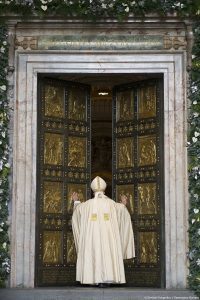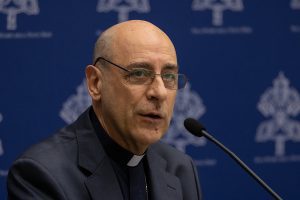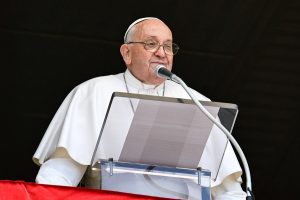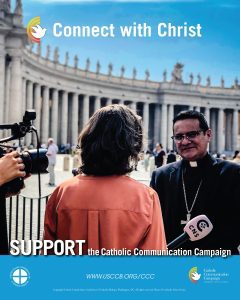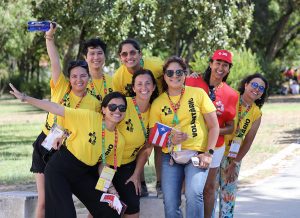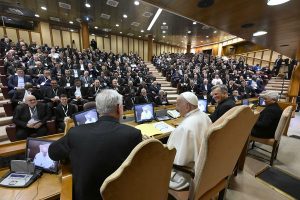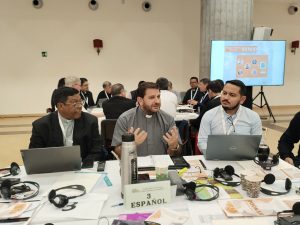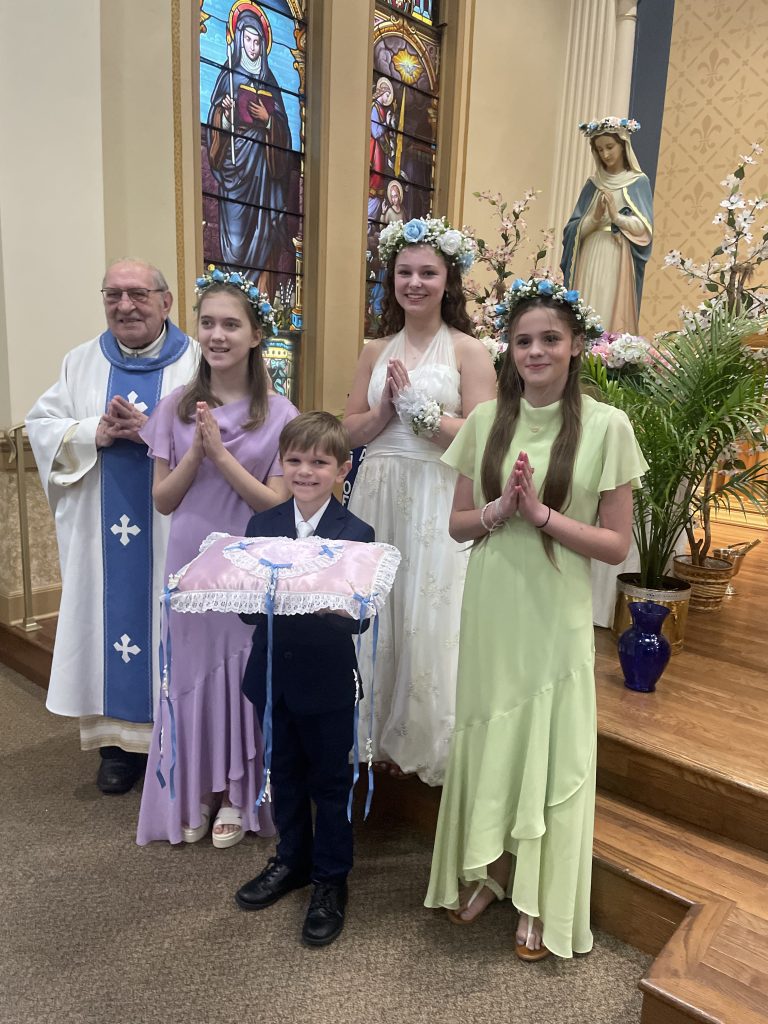ROME (OSV News) – Israel’s escalation in Rafah is only worsening the humanitarian situation for countless men, women and children caught in the crossfire, said Ireneusz Krause, deputy director for Caritas Poland.
In a statement released May 7, Krause said that Caritas Poland workers were on the ground and working to help the ‘desperately hungry people trapped in the rubble of bombed cities, dying wounded, emaciated from thirst with no access to drinkable water, with no hope for help.”
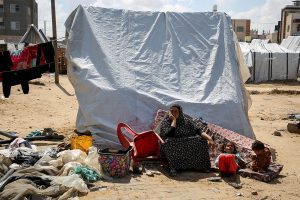
“According to international law, humanitarian aid should reach the civilian victims of any conflict and access to it should never be one of the bargaining chips in negotiations,” he said.
“Convoy crossings in a humanitarian crisis should be unquestionably open,” Krause added.
Despite cease-fire talks continuing in Cairo, a brigade of Israeli tanks seized control May 7 of the southern Gaza Strip town, which borders Egypt. In doing so, Israel not only threatened a further escalation of the conflict, but further prevented aid from entering into the strip, when the head of the United Nations World Food Program said northern Gaza is experiencing “full-blown famine.”
According to the Associated Press, Israeli Prime Minister Benjamin Netanyahu defended seizing control of the Rafah crossing as a strategic step in dismantling Hamas’ government and military capability.
The United States, Israel’s closest ally, has warned against escalating the conflict on humanitarian grounds in Rafah, where over a million Palestinians have fled to escape the war in other areas of Gaza.
Caritas Poland, which is working in partnership with Caritas Jerusalem, said that it has workers on the ground and that arrangements for more humanitarian aid in the Gaza Strip “are being made in Jerusalem.”
Nevertheless, the Catholic charitable organization said that an attack on Rafah would only “worsen the humanitarian situation.”
“Due to the blocking of humanitarian convoys, there is a shortage of food and residents are suffering from hunger; 75% of the Gaza Strip’s population — nearly 2 million people — have been internally displaced,” Caritas Poland said in a statement.
In a telephone interview, Dominika Chylewska and Sylwia Hazboun, two Caritas Poland employees working from Jerusalem and Bethlehem, told OSV News that food security for Palestinians caught in the crossfire is at a critical level.
“Everything is in a state of chaos,” Hazboun said. When it comes to food security, “on a scale from 1 to 5, the entire Gaza Strip is on the third level of famine. Some researchers have pointed out that at the end of the month, northern Gaza will be on the fifth level of this 1 to 5 scale.”
Soaring prices and limited access to very basic necessities, she added, have also contributed to the chaos.
Chylewska told OSV News that to flee Gaza is a rare feat, she noted, given that “it costs about $5,000 to $6,000” to flee.
Chylewska recalled the latest tragedy that struck the Catholic Gaza community amid news that, during a 100-degree heat wave at the end of April, 18-year-old Lara al-Sayegh died of heatstroke and sunstroke.
She and her mother were making an almost 20-mile trek, mostly on foot, from Gaza City — where they had been sheltering at the Holy Family Parish — to the Rafah crossing in the south after receiving permission to leave Gaza. Lara’s father had died in December due to lack of medical care. Her mother also suffered from sunstroke, as well as shock from losing her daughter, and fell into a coma.
“What is striking me the most is that the international community is not doing enough to stop this,” Hazboun told OSV News. While humanitarian aid is needed, it does not help in solving the “root of the problem.”
“Whatever we do is only a reaction to human suffering, but we are not healing the root causes; the root causes can only be healed by the international community and they are not being healed,” Hazboun said.
Chylewska added that people following the conflict in the media are not aware of soaring food prices that have made it virtually impossible for Palestinians to obtain food.
“That’s what surprised me,” she said. For example, “if you want to buy flour, you would have to pay €370 ($398). That is why most of the people have no food to eat or they eat very little. It was calculated that (they eat about) 245 calories. This is what people can get in a day; it’s less than a yogurt. So, I think this really brings some real images of how hard the situation is.”
Furthermore, she said, not enough food and humanitarian aid are entering Gaza even though international law dictates “that civilians should be taken care of no matter what happens,” Chylewska indicated.
“This is a fact — that not enough humanitarian assistance is entering the Gaza Strip,” she said. “It’s not like there isn’t enough help being offered; it’s only that not enough is being allowed to enter the Gaza Strip.”
The war has also affected Palestinians living in Bethlehem and the West Bank, who are struggling “with having money for everyday life’ due to the lack of tourism in the Holy Land,” she added.
Hazboun noted that while the current war may be the largest in scale, it is “not the first escalation in this conflict.”
“We have to remember that we should not only be hopeful for an immediate cease-fire, but (also for) negotiations to solve the conflict or to find a just solution for the conflict, which takes into consideration the equality of both peoples.”
“Only a just solution and equality will bring peace to this land,” Hazboun said.
Despite the dire circumstances, both Chylewska and Hazboun told OSV News “that there is always hope” and encouraged people to financially support Caritas “because this is the only way the organization can continue to help.”
“This help will be needed for many years because the situation is very bad,” Chylewska said.
Hazboun expressed her hope that the Catholic Church can strengthen its advocacy not just for an immediate cease-fire but also for a just solution to the conflict, as the “church is the only institution on a global level that has such a balanced approach, which is taking into consideration the well-being and equality of both peoples as well as the need to reconcile.”
The church “should not only be helping, but also advocating and educating the international community, and especially Catholics, about its position, not only with general words about peace, but from a theological point of view and from the political point of view.
“Everything comes down to the equality of both peoples and the exact same rights for both people to live in their own country,” Hazboun said.

